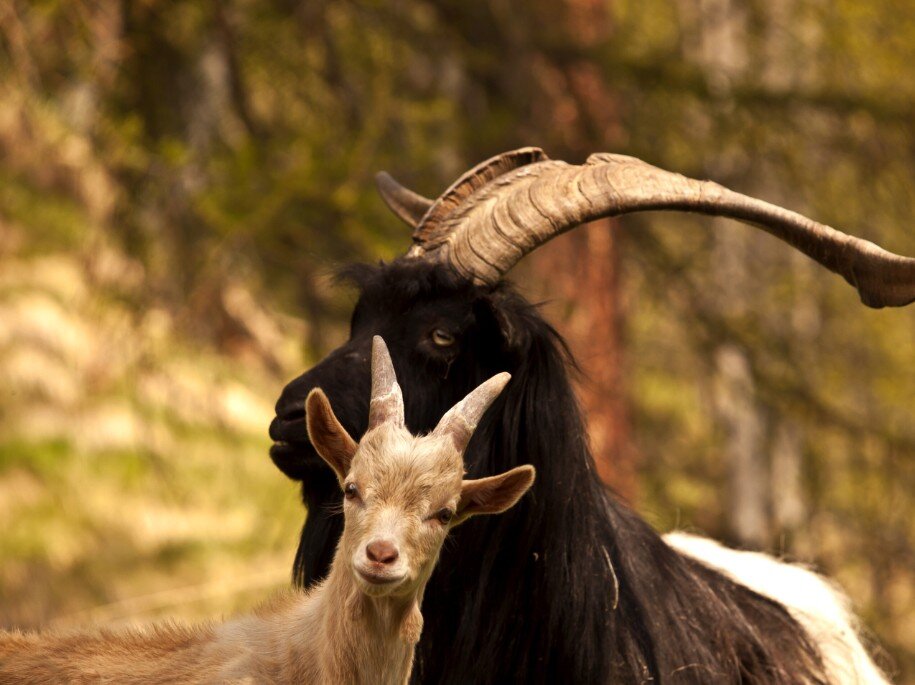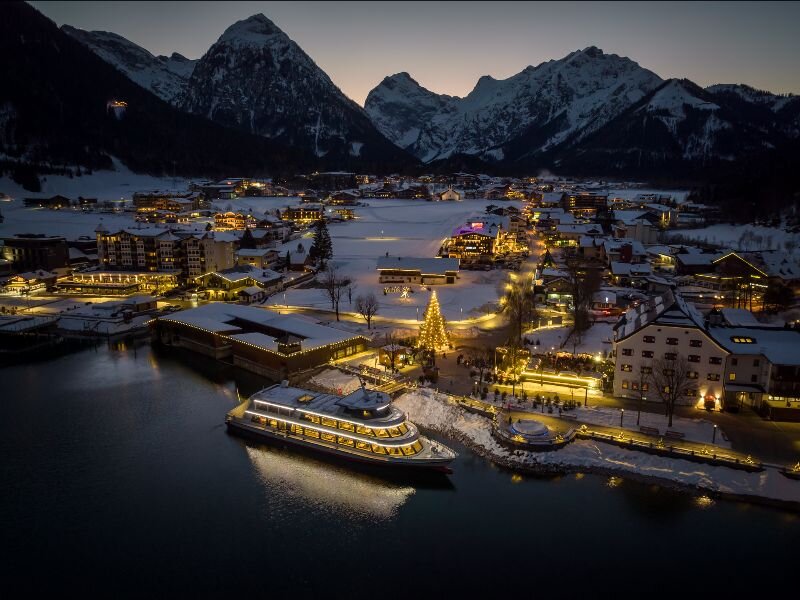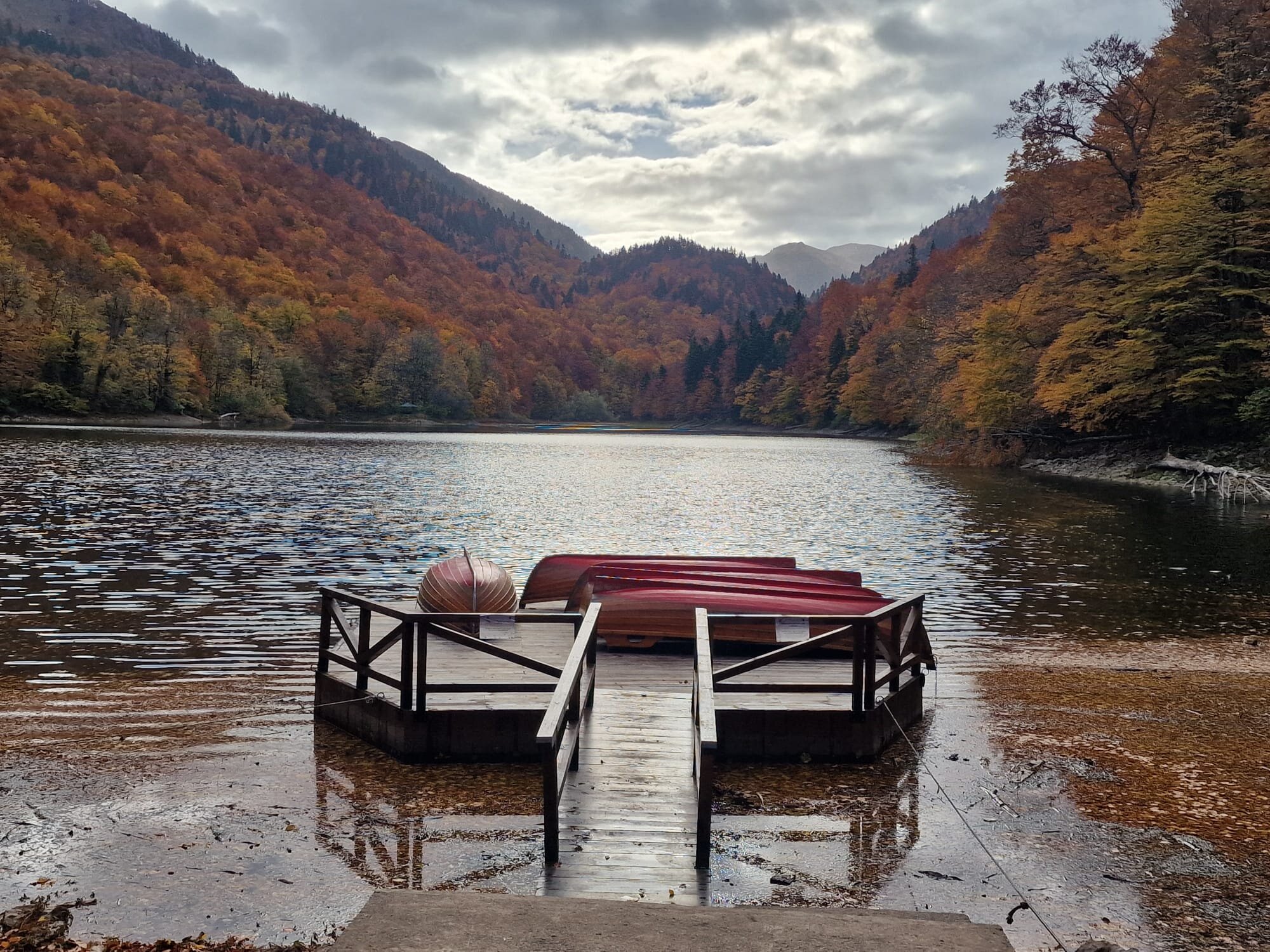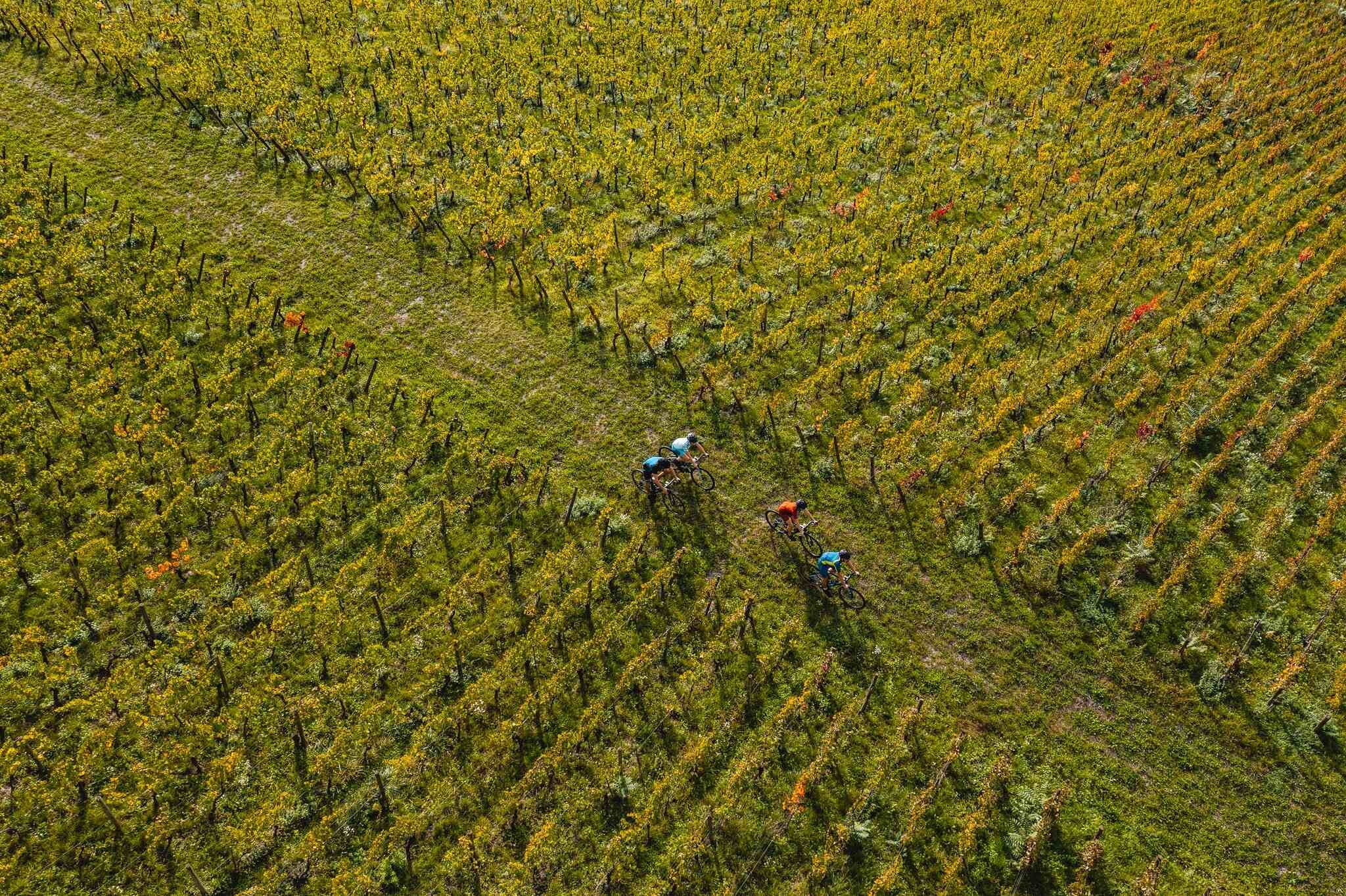
Si potrebbe camminare bendati tra le valli del Monte Rosa, lasciandosi guidare solo dal profumo dei formaggi. Sono vere e proprie opere d’arte casearia, plasmate dall’altitudine, dall’aria sottile che nutre gli animali e dal suolo ricco che fa crescere, filo dopo filo, i prati più generosi. Ma è soprattutto la mano dei malgari a fare la differenza: uomini e donne che conoscono ogni pascolo, ogni vento, ogni silenzio della montagna.
Tra la Val d’Ayas, Gressoney e la Valsesia, l’estate è il tempo dell’alpeggio e delle storie che sanno di erba fresca, di latte caldo appena munto e di grotte dove i formaggi riposano, respirando l’umidità della roccia. Le vette del Monte Rosa – dalle Dame di Challant alle cime che portano i nomi degli alpinisti che le hanno “conquistate” – osservano silenziose questo rito antico, in cui il lavoro quotidiano incontra la natura più autentica.
Ad Antagnod, in Val d’Ayas, la famiglia Bagnod ha creato La Tchavana, un alpeggio che è un laboratorio di qualità e memoria. Qui, a 2.000 metri di quota, le pecore da latte e la razza Rossett – antica valdostana – danno vita a formaggi come il Gran Gessato e il delicato Neige de Brebis, la “neve di pecora”. Nella Crotta de Metsan, una grotta naturale tra le più alte d’Europa, i formaggi maturano grazie all’acqua di sorgente che mantiene la temperatura e l’umidità perfette.
Poco più in alto, sopra il villaggio incantato di Mascognaz, l’alpeggio di Aurelio Vercellin racconta un’altra storia di resistenza e passione. Aurelio, uomo schivo che preferisce parlare con le sue vacche piuttosto che con gli uomini, affida al latte il compito di narrare il suo mondo: il profumo d’erba alpina, il silenzio dei larici, la pazienza di una vita trascorsa tra pascoli e fatiche che durano da più di mezzo secolo.
Nella stessa valle, a Pallenc, Silvia Vuillermin e il marito Lorenzo hanno scommesso tutto sulla felicità delle loro capre di razza camosciata alpina. Con la loro Champoluc Chèvre, hanno creato formaggi di capra che raccontano un equilibrio perfetto tra natura e cura artigianale. Affinati in una cantina naturale visitabile, i loro formaggi sono un inno alla qualità, frutto di una ricerca ostinata del “più buono della valle”.
Dalla Val d’Ayas si passa a Gressoney-La-Trinité, dove l’agriturismo Blékéné accoglie i viaggiatori con la genuinità della famiglia Laurent. Qui, Simone – anima del luogo – parla di montagne e di tome come se fossero vecchie amiche, e lo fa con l’orgoglio di chi sa che la Toma di Gressoney D.O.P. non è solo un prodotto, ma un simbolo di questa valle.
Il viaggio prosegue lungo i sentieri che conducono all’Alpe Larecchio e al Rifugio Ospizio Sottile, tra larici, ruscelli e baite annerite dal tempo. Qui, tra la Valle di Gressoney e la Valsesia, il regno è quello della toma a latte crudo, che cambia con le stagioni e con il pascolo. Più a valle, l’Alpe Meggiana e il Caseificio di Piode custodiscono oltre 70 anni di esperienza casearia, tra tome fresche e stagionate, ricotte affumicate e il celebre Macagn, presidio Slow Food e re indiscusso della valle.
Infine, all’Alpe di Mera, la Casera Bianca di Antonietta e della sua famiglia riassume in un’unica esperienza l’anima della Valsesia. Da giugno a ottobre, vivono qui per seguire i loro animali e trasformare il latte in salumi, formaggi e piatti genuini che parlano di autenticità. A pochi minuti dalla seggiovia Scopello-Mera, basta un sentiero di mezza ora per raggiungere questo angolo di sapori, dove il concetto di “km zero” è talmente vero da meritare il nome di “km Mera”.
Tra un alpeggio e l’altro, il Monte Rosa svela un mosaico di sapori, profumi e storie che si intrecciano con la natura e con la memoria. È un viaggio da fare a piedi, lasciandosi guidare dal vento e dal profumo dei formaggi, per riscoprire un’Italia che vive ancora al ritmo lento e ostinato della montagna.
Herders and Mountain Legends: The Hidden Side of Monte Rosa
You could walk blindfolded through the valleys of Monte Rosa, guided only by the scent of cheese. These are true works of dairy art, shaped by altitude, by the thin air that nourishes the animals, and by the fertile soil that makes the meadows grow, blade by blade, into an endless feast of green. But above all, it is the hands of the malgari – the herders – that make the difference: men and women who know every pasture, every gust of wind, every silence of the mountain.
Between Val d’Ayas, Gressoney and Valsesia, summer is the season of alpine pastures and stories that smell of fresh grass, warm milk, and caves where cheeses rest, breathing the humidity of the rock. The peaks of Monte Rosa – from the “Ladies of Challant” to the summits that bear the names of the mountaineers who “conquered” them – silently witness this ancient ritual, where daily work meets the purest side of nature.
In Antagnod, Val d’Ayas, the Bagnod family has created La Tchavana, an alpine farmstead that is both a workshop of quality and a place of memory. Here, at 2,000 meters above sea level, dairy sheep and the ancient Rossett breed produce cheeses like Gran Gessato and the delicate Neige de Brebis, the “snow of sheep.” In the Crotta de Metsan, one of the highest natural cheese caves in Europe, the cheeses mature thanks to spring water that keeps temperature and humidity perfectly balanced.
A little higher up, above the enchanted village of Mascognaz, the alpeggio of Aurelio Vercellin tells another story of resilience and passion. Aurelio, a reserved man who prefers talking to his cows rather than to people, entrusts his milk to tell his story: the scent of alpine grass, the silence of the larches, the patience of a life spent among pastures and hard work that has lasted for more than half a century.
In the same valley, in Pallenc, Silvia Vuillermin and her husband Lorenzo have placed their bet on the happiness of their Alpine chamois goats. With their Champoluc Chèvre, they have created goat cheeses that embody a perfect balance between nature and artisanal care. Aged in a natural cellar open to visitors, their cheeses are an ode to quality, the result of an unrelenting pursuit of “the best in the valley.”
From Val d’Ayas, the journey continues to Gressoney-La-Trinité, where the Blékéné farmhouse welcomes travelers with the warmth and authenticity of the Laurent family. Here, Simone – the soul of the place – speaks of mountains and tome as if they were old friends, with the pride of someone who knows that Toma di Gressoney D.O.P. is not just a product, but a symbol of this valley.
The trail continues towards Alpe Larecchio and the Ospizio Sottile Refuge, through larch forests, streams, and weathered wooden chalets. Here, between the Gressoney Valley and Valsesia, reigns the raw-milk toma, which changes with the seasons and the pastures. Lower down, Alpe Meggiana and the Piode Dairy safeguard over 70 years of cheesemaking expertise, producing fresh and aged tome, smoked ricotta, and the famous Macagn, a Slow Food presidium and undisputed king of the valley.
Finally, at Alpe di Mera, La Casera Bianca, run by Antonietta and her family, encapsulates the essence of Valsesia in a single experience. From June to October, they live here, tending to their animals and transforming milk into cured meats, cheeses, and wholesome dishes that speak of authenticity. Just a 30-minute walk from the Scopello-Mera chairlift, this corner of flavors gives a whole new meaning to “zero-kilometer” food – so much so that it might be better called “km Mera.”
From one alpine pasture to the next, Monte Rosa reveals a mosaic of flavors, scents, and stories woven together with nature and memory. It’s a journey to take on foot, letting the wind and the aroma of cheese guide you, to rediscover an Italy that still lives at the slow, persistent rhythm of the mountains.



